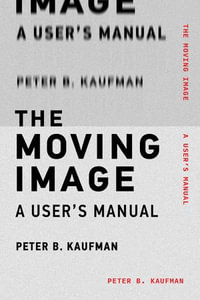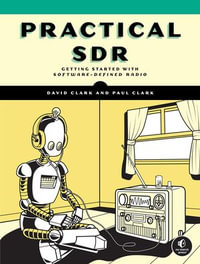
eTEXT
Dimension-based Quality Modeling of Transmitted Speech
eText | 3 January 2013
At a Glance
eText
$159.01
or
Instant online reading in your Booktopia eTextbook Library *
Read online on
Desktop
Tablet
Mobile
Not downloadable to your eReader or an app
Why choose an eTextbook?
Instant Access *
Purchase and read your book immediately
Read Aloud
Listen and follow along as Bookshelf reads to you
Study Tools
Built-in study tools like highlights and more
* eTextbooks are not downloadable to your eReader or an app and can be accessed via web browsers only. You must be connected to the internet and have no technical issues with your device or browser that could prevent the eTextbook from operating.
ISBN: 9783642350191
ISBN-10: 3642350194
Series: T-Labs Series in Telecommunication Services
Published: 3rd January 2013
Format: ePUB
Language: English
Publisher: Springer Nature
You Can Find This eBook In
Non-FictionEngineering & TechnologyElectronics & Communications EngineeringCommunications Engineering & TelecommunicationsComputing & I.T.Digital Lifestyle & Online World: Consumer & User GuidesInternet Guides & Online ServicesComputer Networking & CommunicationsOther Technologies & Applied SciencesAcoustic & Sound EngineeringComputer HardwareNetwork Hardware
This product is categorised by
- Non-FictionEngineering & TechnologyElectronics & Communications EngineeringCommunications Engineering & Telecommunications
- Non-FictionComputing & I.T.Digital Lifestyle & Online World: Consumer & User GuidesInternet Guides & Online Services
- Non-FictionComputing & I.T.Computer Networking & Communications
- Non-FictionEngineering & TechnologyOther Technologies & Applied SciencesAcoustic & Sound Engineering
- Non-FictionComputing & I.T.Computer HardwareNetwork Hardware























